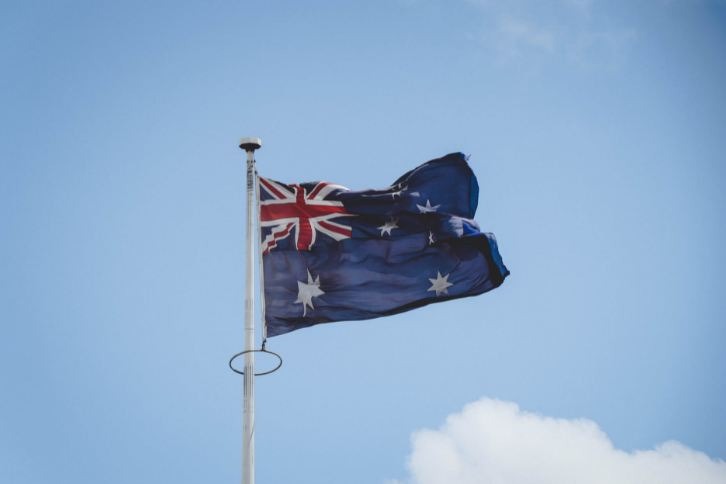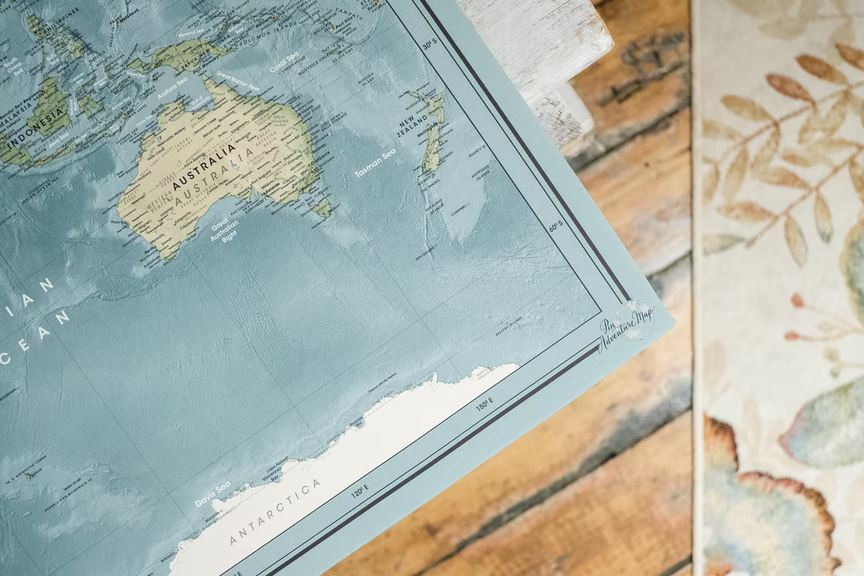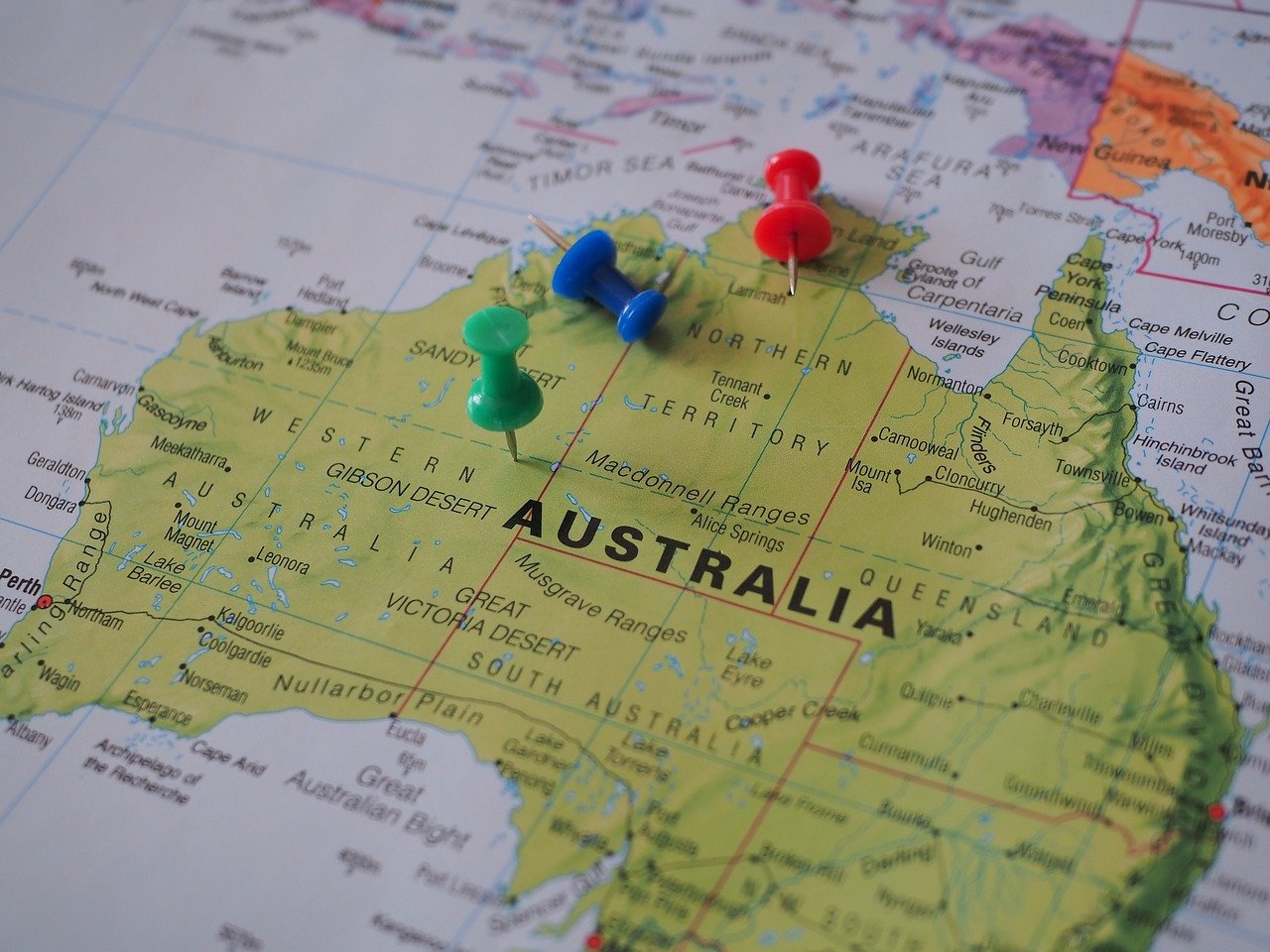Why Isn’t Sydney the Capital of Australia? The Story Behind Canberra
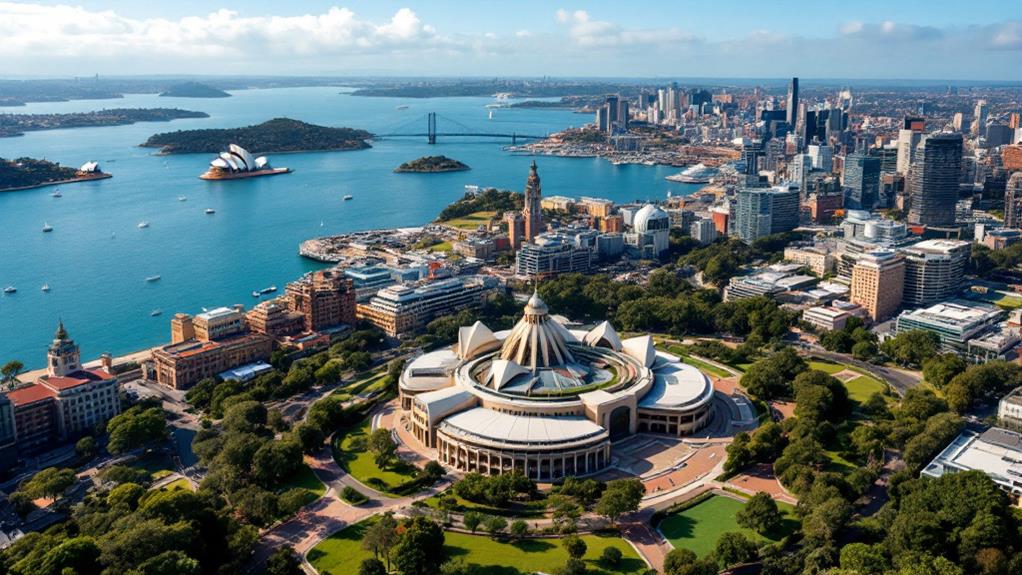
You might think Sydney is Australia's capital because of its prominence, but it's actually Canberra. The rivalry between Sydney and Melbourne made it tricky to choose between the two, so Canberra was selected as a neutral ground in 1908. The location, influenced by a constitutional rule, placed Canberra 100 miles away from Sydney, ensuring a balance of political power. Its design by Walter Burley Griffin emphasized both aesthetics and security, contributing to its unique charm. As you investigate further, you'll uncover how Canberra's establishment intertwined culture, geography, and politics into Australia's narrative.
Common Capital Misconceptions
One common misconception about Australia is that Sydney is its capital. You're not alone if you thought so, as Sydney's cultural and economic importance often overshadows Canberra's role as the political center. However, the actual capital is Canberra, located within the Australian Capital Territory. Canberra was chosen to resolve the rivalry between Sydney and Melbourne, ensuring a politically neutral location for the nation's leadership.
The decision to make Canberra the capital traces back to the Australian Constitution, which required the capital to be at least 100 miles from Sydney. This led to Canberra's selection in 1908, positioned as a compromise between the two major cities. Canberra's design was the result of an international design contest aiming to craft a city that could serve as the nation's political heart without favoring Sydney or Melbourne.
These common misconceptions aren't unique to Australia. Other countries, like Brazil and Turkey, also have capitals that aren't their largest cities, such as Brasília and Ankara. Understanding these distinctions helps you appreciate the strategic decisions made to balance power and foster unity within a country. So next time, keep in mind that the Prime Minister works from Canberra, not Sydney.
The Sydney-Melbourne Rivalry
While misconceptions about Australia's capital highlight Canberra's unique role, they also underscore the formidable rivalry between Sydney and Melbourne. After the Federation of Australia in 1901, these two cities fiercely contended to become the capital city of Australia. Sydney, with its thriving coastal economy, and Melbourne, renowned for its cultural and financial prestige, both had compelling claims. This rivalry wasn't just about prestige; it was a battle of regional interests that reflected the diverse ambitions and identities of these urban centers.
The Australian government, in a bid to soothe tensions and achieve geographic balance, opted for a compromise. In 1908, they selected Canberra as the Federal Capital. This choice aimed to reduce the power struggle between Sydney and Melbourne by placing the capital in a neutral location. The constitutional requirement that the capital be at least 100 miles (160 km) from Sydney further necessitated Canberra's selection. By establishing Canberra in 1913, Australia symbolized a desire for unity. Neither Sydney nor Melbourne could claim political dominance, ensuring no single city overshadowed the nation. This decision encapsulated an effort to balance competing interests and foster national cohesion.
Choosing Canberra's Location
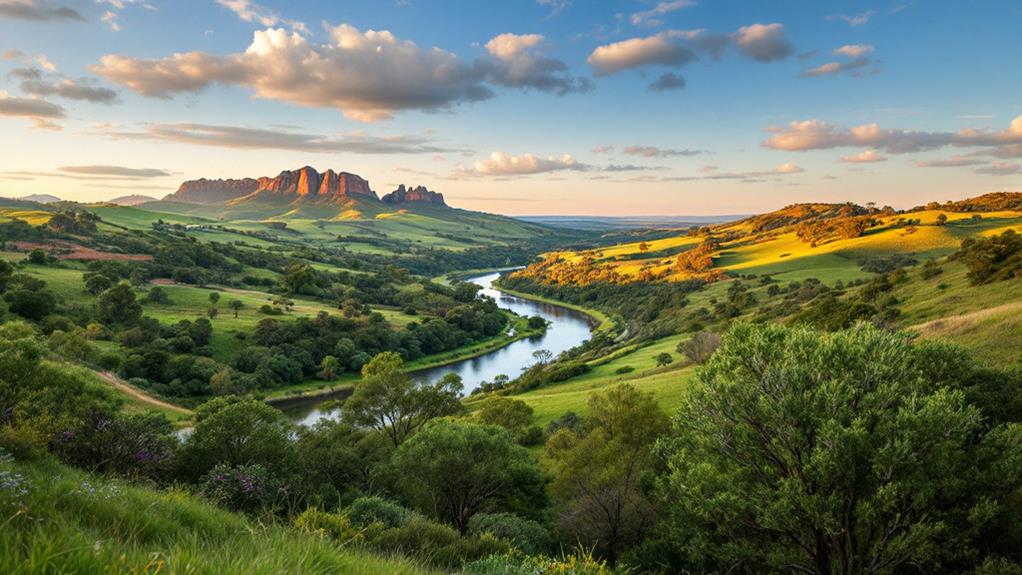
Selecting Canberra as Australia's capital was a calculated move aimed at resolving the rivalry between Sydney and Melbourne while ensuring a balanced distribution of power. The decision made in 1908 was a compromise to address the intense political rivalries between these two major cities. By choosing a location approximately 286 km from Sydney and 660 km from Melbourne, Canberra was strategically positioned to improve accessibility and foster national unity.
The inland location of Canberra offered a significant advantage over coastal cities like Sydney and Melbourne by reducing vulnerability to naval attacks. This added an essential layer of security that was highly valued at the time. Additionally, Canberra's elevation at 578 meters above sea level contributes to a cooler climate, promoting a healthier living environment for the capital city.
Walter Burley Griffin and Marion Mahony Griffin, winners of an international design competition in 1912, played a key role in shaping Canberra. They incorporated geometric motifs and natural landscapes into the city's layout, making it aesthetically pleasing and fitting for a capital city. Their design reflected a vision that was both practical and symbolic, further solidifying Canberra's status as the nation's capital.
Role of the Australian Capital Territory
Understanding Canberra's selection as the capital leads naturally to exploring the role of the Australian Capital Territory (ACT) in shaping the nation's identity. The ACT was established in 1911 as a deliberate move to resolve the intense rivalry between Sydney and Melbourne. By positioning Canberra roughly equidistant from these two major cities—286 kilometers from Sydney and 660 kilometers from Melbourne—it promotes national unity and serves as a neutral ground.
The ACT, covering 2,358 square kilometers, stands as a unique jurisdiction entirely surrounded by New South Wales. It operates under its own legislative assembly, having been granted self-government in 1988. This allows the ACT to manage local affairs independently while still being part of the Commonwealth, highlighting its distinct role in the Australian federation.
With a population of around 466,566 as of June 2023, the ACT is a vibrant hub largely due to Canberra's strategic location and the concentration of national institutions. Many residents are employed in government-related roles, reflecting the area's central significance in national governance. The ACT's establishment and governance have been vital in fostering a sense of national identity and ensuring balanced representation across Australia.
Canberra's Urban Design
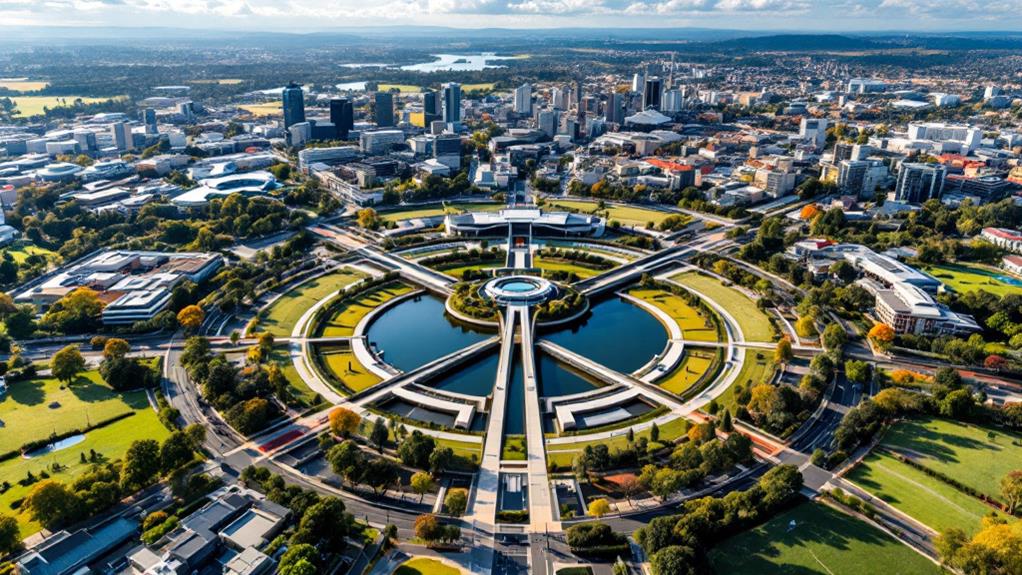
Canberra's urban design stands out as a masterful blend of artistic vision and functional planning. Conceived by Walter Burley Griffin and Marion Mahony Griffin, the plan won an international competition in 1912, emphasizing geometric motifs and nature integration. As you investigate Canberra, you'll notice its unique layout—a wheel-and-spoke pattern that seamlessly connects significant structures like Parliament House and Lake Burley Griffin. This central axis not only improves accessibility but also raises the aesthetic appeal of the capital of Australia.
The garden city movement heavily influenced Canberra's design, evident in its wide avenues, open spaces, and lush green areas. These features accommodate future growth while supporting governmental functions. The city's height at 578 meters contributes to a cooler climate, impacting the choice of plant species and landscaping.
- Geometric motifs: Canberra's design reflects intricate patterns that blend with its natural surroundings.
- Significant structures: Key locations are strategically positioned to promote accessibility and a cohesive urban layout.
- Ongoing development: Areas like Molonglo Valley continue to evolve, balancing the original vision with modern needs.
As Canberra grows, its urban planning adapts, maintaining the Griffins' vision while catering to a burgeoning population.
Cultural and Historical Importance
Australia's capital city, Canberra, stands as a demonstration to unity and cultural diversity, chosen in 1908 to bridge the rivalry between Sydney and Melbourne. As you investigate Canberra's cultural and historical significance, you'll find it hosts a wealth of cultural institutions that reflect the nation's rich heritage. The Australian War Memorial offers profound insights into the sacrifices made by Australians in conflict, while the National Gallery showcases a vast collection of artwork, celebrating the country's creative spirit. These institutions are essential in preserving and sharing Australia's history and identity.
Delve deeper into Canberra's roots, and you'll uncover the enduring legacy of the Ngunnawal people, part of the Aboriginal and Torres Strait Islander communities who've lived in the region for over 21,000 years. Their presence underscores the city's deep historical significance, offering a continuous link to Australia's ancient past.
Canberra's design, crafted by Walter Burley Griffin with influences from the garden city movement, harmonizes urban living with nature. The city's open spaces and landscapes are a demonstration of this vision, creating a lively backdrop for annual cultural events like Floriade and the National Multicultural Festival. These celebrations highlight Canberra's diverse cultural identity and its evolution as a thriving cultural hub.
Canberra's Geographic Advantages
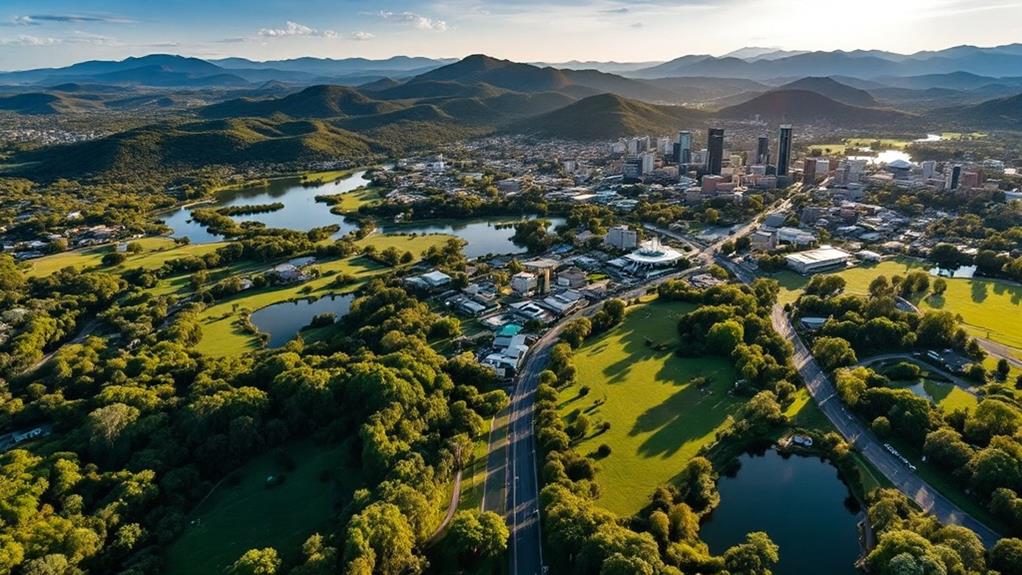
As you examine why Canberra was chosen as the capital over Sydney, consider its geographic advantages that complement its rich cultural tapestry. Canberra is strategically located approximately 286 kilometers from Sydney and 660 kilometers from Melbourne. This inland city serves as a neutral compromise between Australia's two largest cities, providing a balanced and fair location for the nation's capital.
Being an inland city, Canberra offers a significant security advantage. Its location reduces vulnerability to naval attacks, a consideration that coastal cities like Sydney can't boast. At an elevation of 578 meters, Canberra enjoys a cooler climate, which was a key factor in its selection. This elevation not only affects the climate but also adds to the city's allure with its surrounding natural landscapes—bushland, mountains, and rivers.
Canberra's design reflects thoughtful urban planning, focusing on open spaces and wide avenues to support future growth while integrating nature into everyday life. These elements were essential in ensuring the city remained not just functional but also aesthetically pleasing.
- Strategically located: A fair compromise between Sydney and Melbourne.
- Security advantage: Inland position reduces vulnerability.
- Natural beauty: Surrounded by bushland, mountains, and rivers.
Canberra's Modern Development
Amidst ongoing growth, Canberra has transformed into a lively, modern city while retaining its foundational charm. With a population reaching 466,566 as of June 2023, Canberra's urban development reflects its status as Australia's political heart. The city's original wheel-and-spoke design, centered around the serene Lake Burley Griffin, continues to influence its expansion and community activities, making it an inviting place for both residents and visitors.
As Canberra grows, new districts like Molonglo Valley have emerged since 2010, accommodating increasing numbers of residents and fostering a sense of community. The city's economy thrives not only on government operations but also on tourism, with major cultural institutions such as the National Gallery and the Australian War Memorial enhancing its reputation as a cultural hub. These attractions, along with events like Floriade and the Enlighten Festival, showcase Canberra's cultural vibrancy and draw tourists from around the globe.
Canberra's modern development is a reflection of its dynamic evolution, balancing national significance with community spirit. As you investigate the city, you'll find a harmonious blend of past and present, making it a unique destination in Australia's landscape.
Canberra's Role in Australia Today
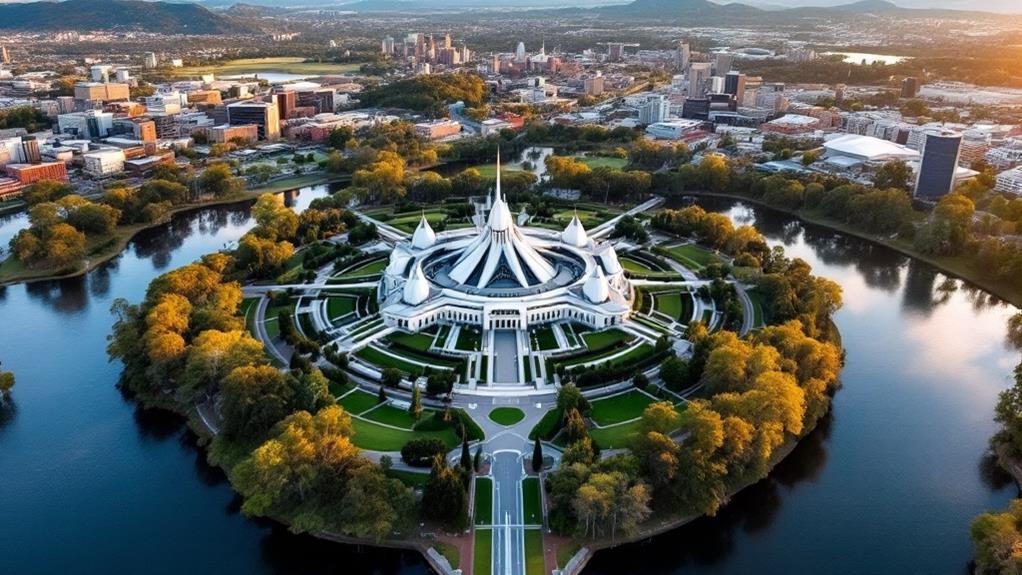
Canberra stands at the heart of Australia's governance, lively with activity as it houses key institutions like Parliament House and the High Court. As the capital city, it serves as the political center, ensuring the smooth operation of the nation. With a population of around 466,566 as of June 2023, Canberra is among the fastest-growing cities in Australia, a reflection of its increasing importance. The city thrives not only on government institutions but also on a rich cultural landscape that draws both residents and tourists alike.
- The National Gallery and Australian War Memorial are iconic attractions, reflecting the depth of Australian history and culture.
- Canberra's economy benefits greatly from tourism, with cultural events and institutions bolstering community spirit and economic growth.
- The city's high quality of life makes it a desirable place to live, celebrated for its educational opportunities and lively food and wine scene.
Recognized globally for its livability by the OECD in 2014, Canberra offers a unique blend of governmental importance and cultural richness. As you investigate this dynamic capital, you'll uncover a city that beautifully balances its role in governance with an inviting cultural atmosphere.

